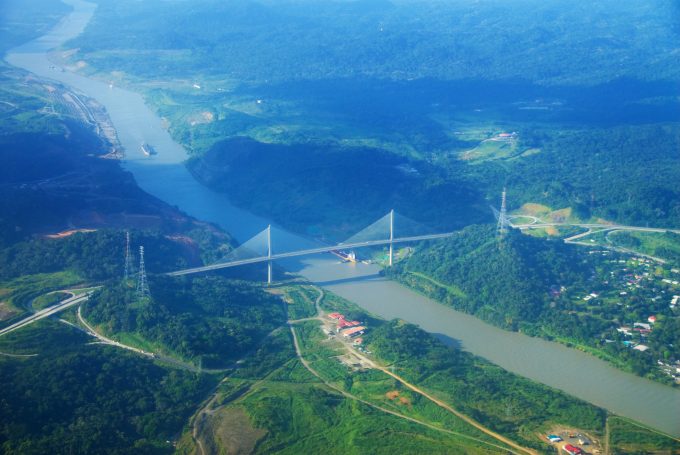Canal-ysis: the world’s waterways in focus for 2025
The beginning of 2025 finds Israel now in a direct fight with the Houthis, exchanging ...

The Panama Canal Authority (PCA) is weighing-up long-term solutions to bolster the resilience of its key shipping route, including opening a new reservoir and making pre-booking permanent.
Last year, when the country was in the depths of an El Nino-induced drought, the PCA reduced daily shipping transits through the canal, and warned slots could fall to as low as 18 a day in February. However, a series of mitigation efforts by the ACP meant 20 became the nadir.
The canal ...
Volcanic disruption at Anchorage could hit transpacific airfreight operations
Shippers snap up airfreight capacity to US ahead of tariff deadline
Forwarders stay cool as US 'liberation day' tariffs threaten 'global trade war'
New price hikes may slow ocean spot rate slide – but for how long?
Tighter EU import requirements proving 'a challenge' for forwarders
Supply chain delays expected after earthquake hits Myanmar
Looming Trump tariffs will create 'a bureaucratic monster' for Customs

Comment on this article